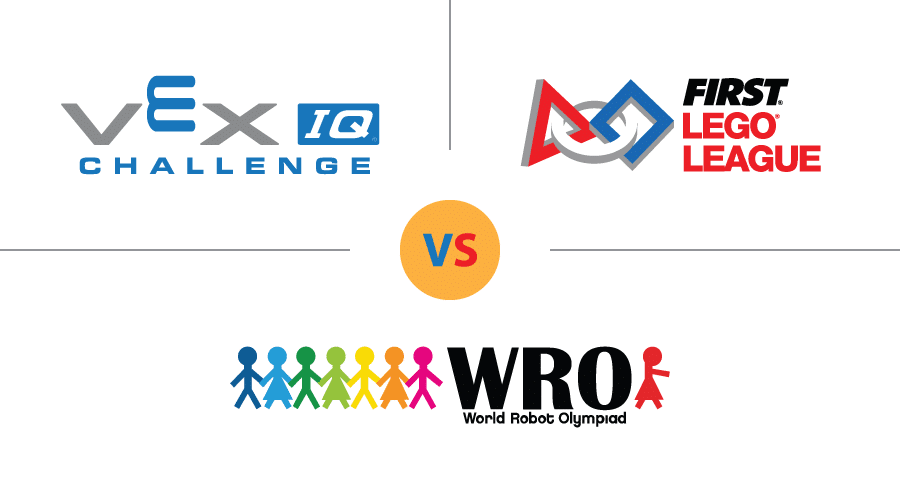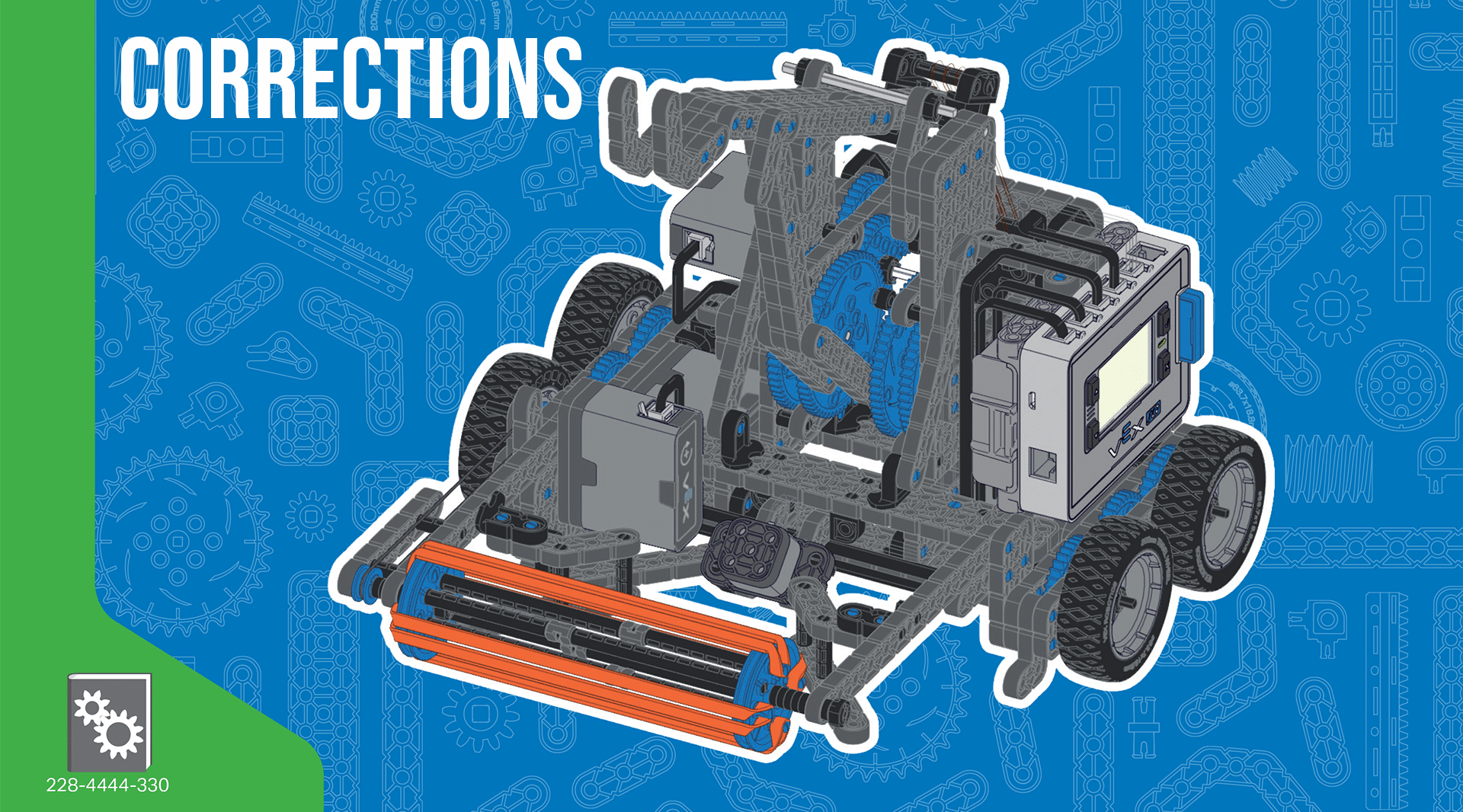The Five Pillars of Success in VEX Robotics: Building, Coding, Driving, Strategizing, and Communication

Introduction
In the dynamic world of VEX Robotics, success hinges on more than just the ability to design a robot. It’s a multifaceted endeavor that requires a blend of skills, teamwork, and strategic thinking. The five pillars of Building, Coding, Driving, Strategizing, and Communication form the foundation of a successful team. Each element plays a crucial role, and when harmonized, they can lead to remarkable achievements in competitions and beyond. Let’s delve into how each of these pillars supports team performance and why they are equally important.
Building: The Framework of Innovation
The building process is where creativity meets engineering. It involves designing, constructing, and testing the robot to ensure it can perform the tasks required in competitions. Effective building requires a deep understanding of mechanical principles, materials, and the VEX Robotics system. It’s about problem-solving and innovation, where students learn to think critically as they construct a robot that is both efficient and robust. The building phase lays the physical foundation for the team’s success, emphasizing the importance of precision, planning, and adaptability.
Coding: Bringing the Robot to Life
Coding is the heartbeat of the robot, giving it the instructions needed to operate autonomously or via remote control. This pillar teaches students the principles of programming, logic, and algorithmic thinking. By coding, students learn to translate strategy into action, making decisions on how the robot will react to various scenarios in the competition. Proficiency in coding allows teams to optimize their robot’s performance, adapt to challenges, and execute complex strategies with precision.
Driving: The Art of Control
Driving goes beyond simply maneuvering the robot; it’s an art that requires practice, coordination, and a deep understanding of the robot’s capabilities and limitations. Drivers must be adept at controlling the robot under pressure, making split-second decisions that can affect the outcome of a match. This pillar emphasizes the importance of hand-eye coordination, spatial awareness, and teamwork, as drivers often work in tandem with spotters or co-drivers to navigate the competition field effectively.
Strategizing: The Blueprint for Victory
Strategizing involves planning how to approach challenges, outmaneuver opponents, and score points efficiently. This pillar encourages students to analyze the game, understand the scoring system, and develop tactics that leverage their robot’s strengths. Effective strategizing requires critical thinking, foresight, and flexibility, as teams must be able to adapt their plans based on the dynamics of the competition. It’s about making informed decisions that maximize performance and capitalize on opportunities.
Communication: The Glue That Binds the Team
Perhaps the most critical yet often overlooked pillar is communication. It is the glue that binds the team, ensuring that everyone is aligned, informed, and motivated. Good communication facilitates collaboration, problem-solving, and decision-making. It involves not just talking, but also listening, giving feedback, and ensuring that every team member’s ideas and concerns are heard. In the high-pressure environment of VEX Robotics competitions, effective communication can make the difference between confusion and clarity, between discord and harmony.
The Harmony of the Five Pillars
While each of the five pillars—Building, Coding, Driving, Strategizing, and Communication—is essential in its own right, it’s their synergy that propels teams to success. No single pillar can stand alone; it’s the integration of all five that creates a well-rounded, competitive, and efficient team. By focusing on developing these skills, students not only enhance their chances of winning but also gain valuable life lessons in teamwork, problem-solving, and perseverance. In the end, VEX Robotics is more than just a competition; it’s a platform for learning, growth, and preparation for the challenges of the future.
Balancing the Pillars: The Key to Elevating Team Performance
When teams encounter challenges or wish to improve their standings in competitions, the instinct often leans towards rebuilding their robot. It’s a natural response given the tangible nature of the robot as the centerpiece of the competition. However, this approach overlooks a critical aspect of team development: the balanced enhancement of all five pillars—Building, Coding, Driving, Strategizing, and Communication.
Identifying the Short Pillar
The path to elevating team performance starts with an honest assessment of all five pillars. More often than not, the key to significant improvement lies in identifying and strengthening the team’s weakest area, or the “short pillar.” This approach is far more effective than immediately opting to build a better robot, as it ensures a solid foundation across all competencies necessary for success.
For instance, a team might have a technically advanced robot, but if their strategy is not well thought out, or if communication breakdowns occur during matches, their performance will suffer. Similarly, superior coding cannot compensate for inadequate driving skills in a high-pressure competition setting. By evaluating and bolstering the weaker areas, teams can achieve a more balanced skill set, leading to improved performance without necessarily rebuilding the robot.
Maximizing Current Potential Before Rebuilding
The emphasis should be on maximizing the potential of the current robot by ensuring that the team excels in coding, driving, strategizing, and communication. This holistic approach not only enhances team dynamics but also allows for more strategic use of resources, including time and effort. Teams may discover that refining their strategy or improving communication can yield significant performance gains, surpassing what could be achieved through rebuilding alone.
Once a team has effectively maximized their capabilities across all five pillars with their current robot, then, and only then, does building a new robot become a strategic move. At this juncture, a better robot can indeed translate to better performance because the team has the foundational skills to fully exploit the advanced capabilities of a new build.
A Continuous Cycle of Improvement
It’s important for teams to view improvement as a continuous cycle. After enhancing the short pillar and potentially rebuilding the robot for better performance, teams should reassess their strengths and weaknesses. This cycle of evaluation, improvement, and, when necessary, rebuilding ensures that teams remain dynamic and competitive. It fosters a culture of continuous learning and adaptation, which are invaluable skills in robotics and beyond.
Conclusion: A Strategy for Sustainable Success
In conclusion, while building a better robot might seem like the direct path to improved performance in VEX Robotics, the most effective strategy involves a balanced improvement across all five pillars—Building, Coding, Driving, Strategizing, and Communication. Identifying and strengthening the team’s weakest link often yields the fastest and most impactful improvement. Once teams have maximized their current level across these areas, a better robot can then serve as the catalyst for taking their performance to new heights. This balanced approach not only prepares teams for success in competitions but also equips students with the holistic skill set necessary for problem-solving and teamwork in real-world scenarios.
Join Our Champion Team to Start Your STEM Journey Today
Become Part of Caution Tape to Dream the Impossible.








